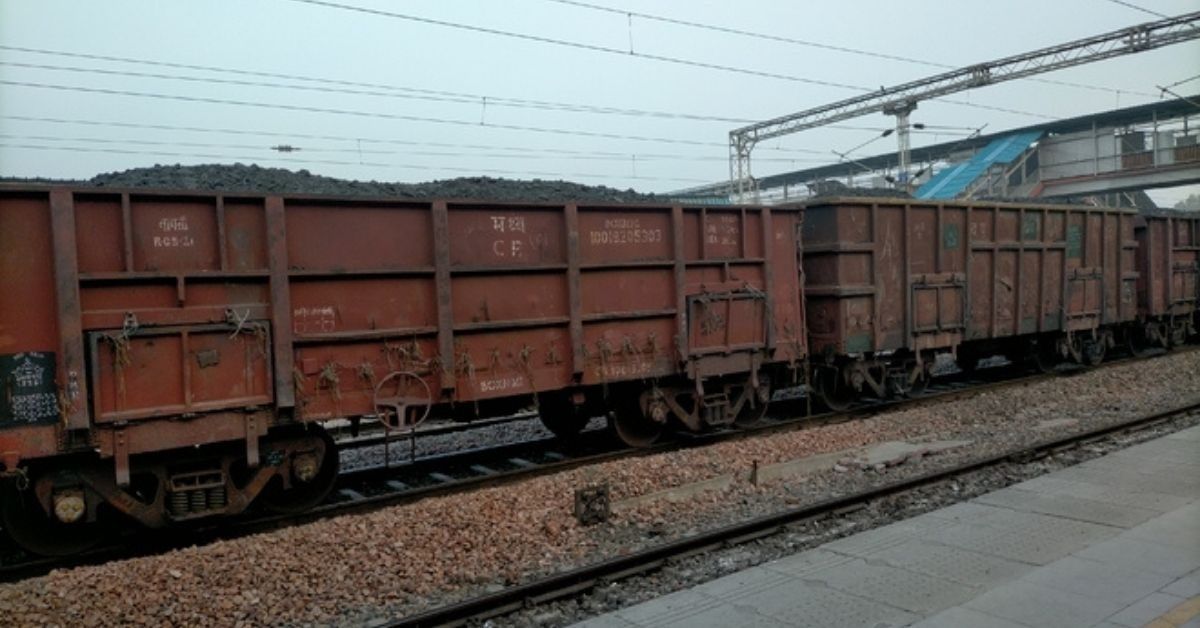India recorded highest-ever coal production of over 890 million tonnes (mnt) in financial year 2022-2023 (FY’23), while Coal Ministry projections show that coal supply (domestic + imports) may rise to 1,692 mnt by FY’30.
State-owned Coal India Ltd. (CIL) is expected to raise production to around 1,120 mnt by FY’30 even as the captive and commercial mines may witness an exponential growth of 130% in production to 281 mnt by that time from around 122 mnt at present.
Despite surging electricity demand–at a CAGR of over 4% till 2030–imports of bituminous and steam coal are expected to edge down to around 95 mnt by FY’30 from nearly 140 mnt currently. Imports will largely be of non-substitutable G1-G8 grades of coal.
However, and this is the most interesting part, with domestic miners raising production with each passing year, the government is mulling to channel surplus coal to the export markets–essential in addressing the energy security needs of subcontinental neighbours.
In a draft version of the ‘Integrated Coal Logistics Plan’, the Ministry of Coal (MoC) has outlined a roadmap to export 25-30 mnt of coal by 2030 from mines located in the eastern region. India currently exports merely 1-2 mnt of coal annually.
Emerging opportunities
CIL’s largest subsidiary Mahanadi Coalfields Ltd (MCL) has emerged as a suitable candidate for exploring the export market. In its rail dispatch plan for 2030, MCL has set a target of 298.88 mnt of supply from the current level of 117.8 mnt. This volume is substantially higher than the tentative supply of 192.02 mnt taking into account demand projection from adjoining states along with requirement for coastal movement of coal. Even an increase in e-auction volumes has proved insufficient in filling the void. In this scenario, the MoC has suggested that the surplus coal can be used for creating a long-term sustainable export market. MCL’s proximity to sea ports is an advantage when it comes to transporting coal to neighbouring countries.
Prospective markets
In the proposed logistics plan, Bangladesh has been identified as a potential export destination. The MoC has pointed out that coal can be transported via two possible routes:
(a) shipment to Bangladesh’s Chittagong Port via Paradip Port
(b) supply via rail from MCL’s Talcher coalfields to Haldia and further to Bangladesh’s power plants via the India Bangladesh Protocol Route








